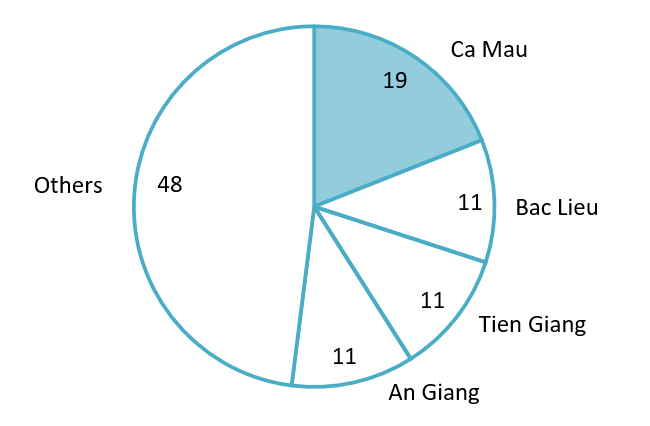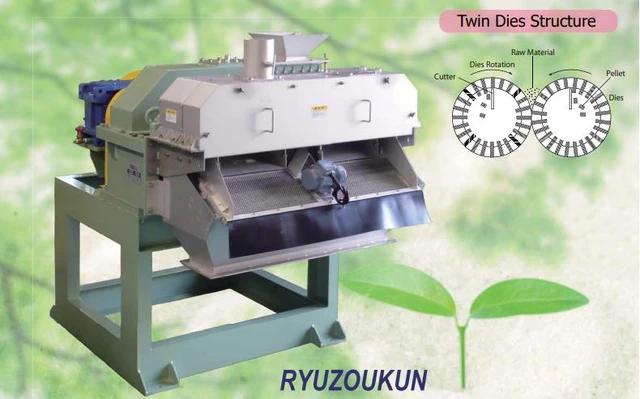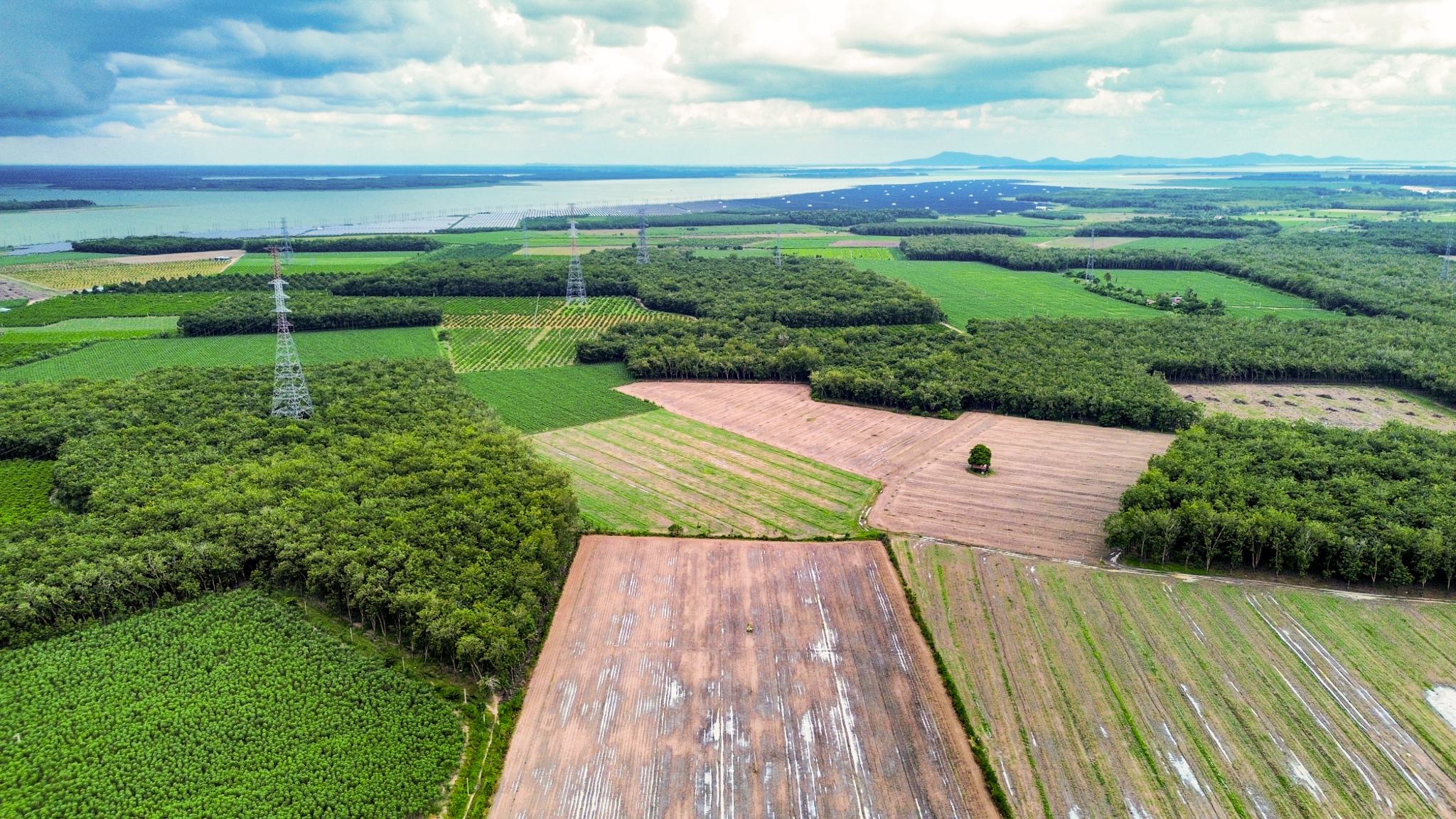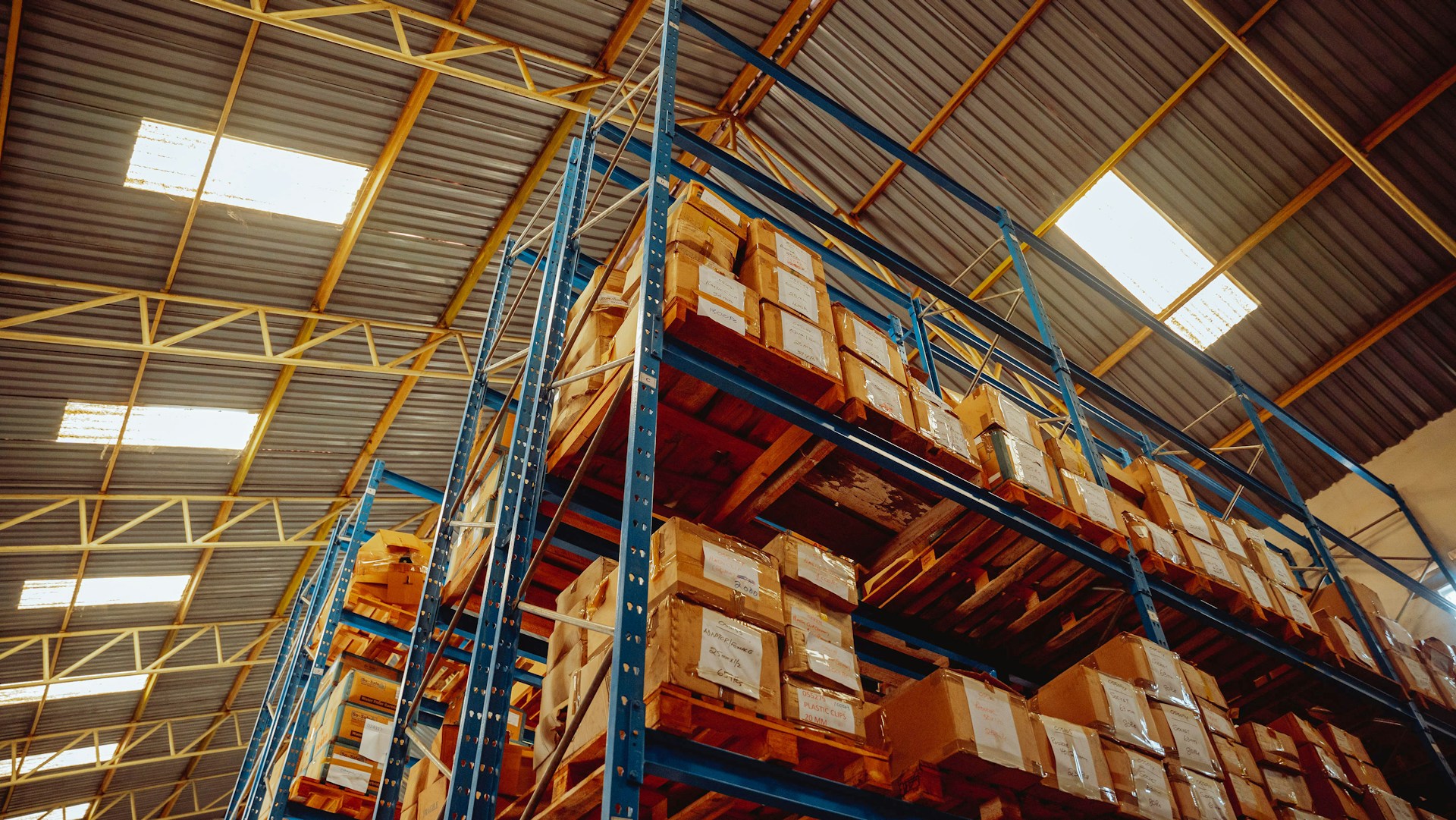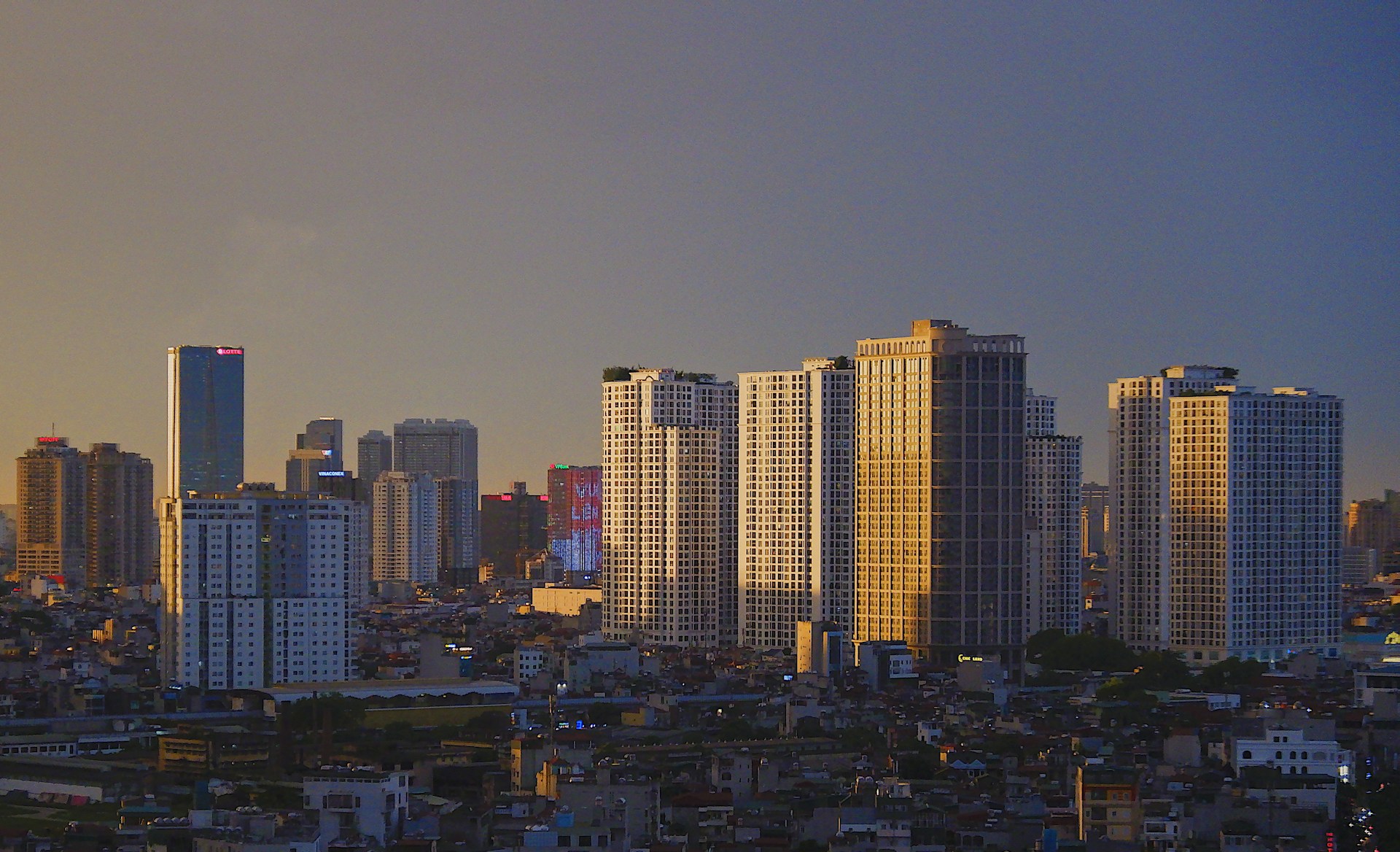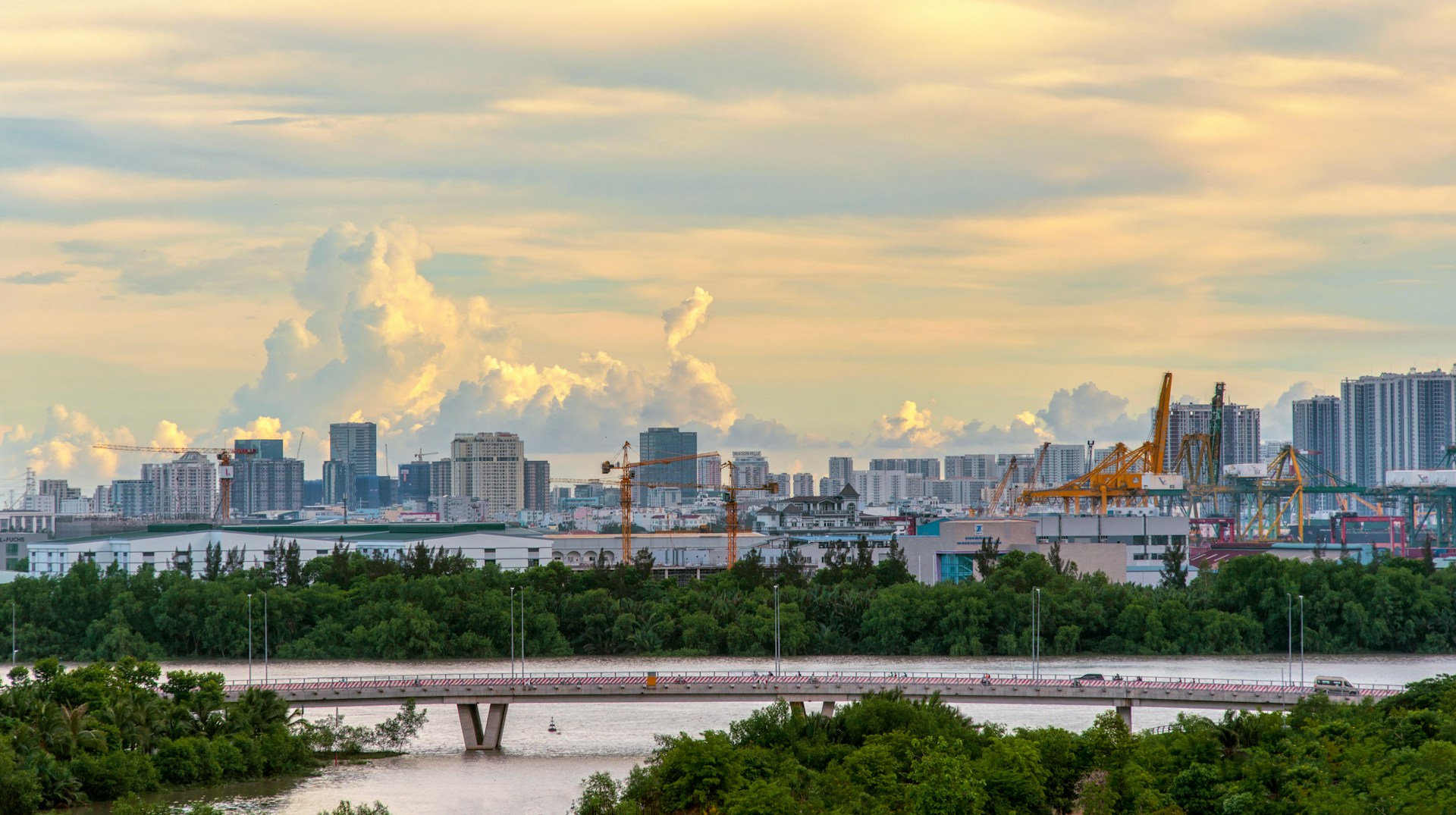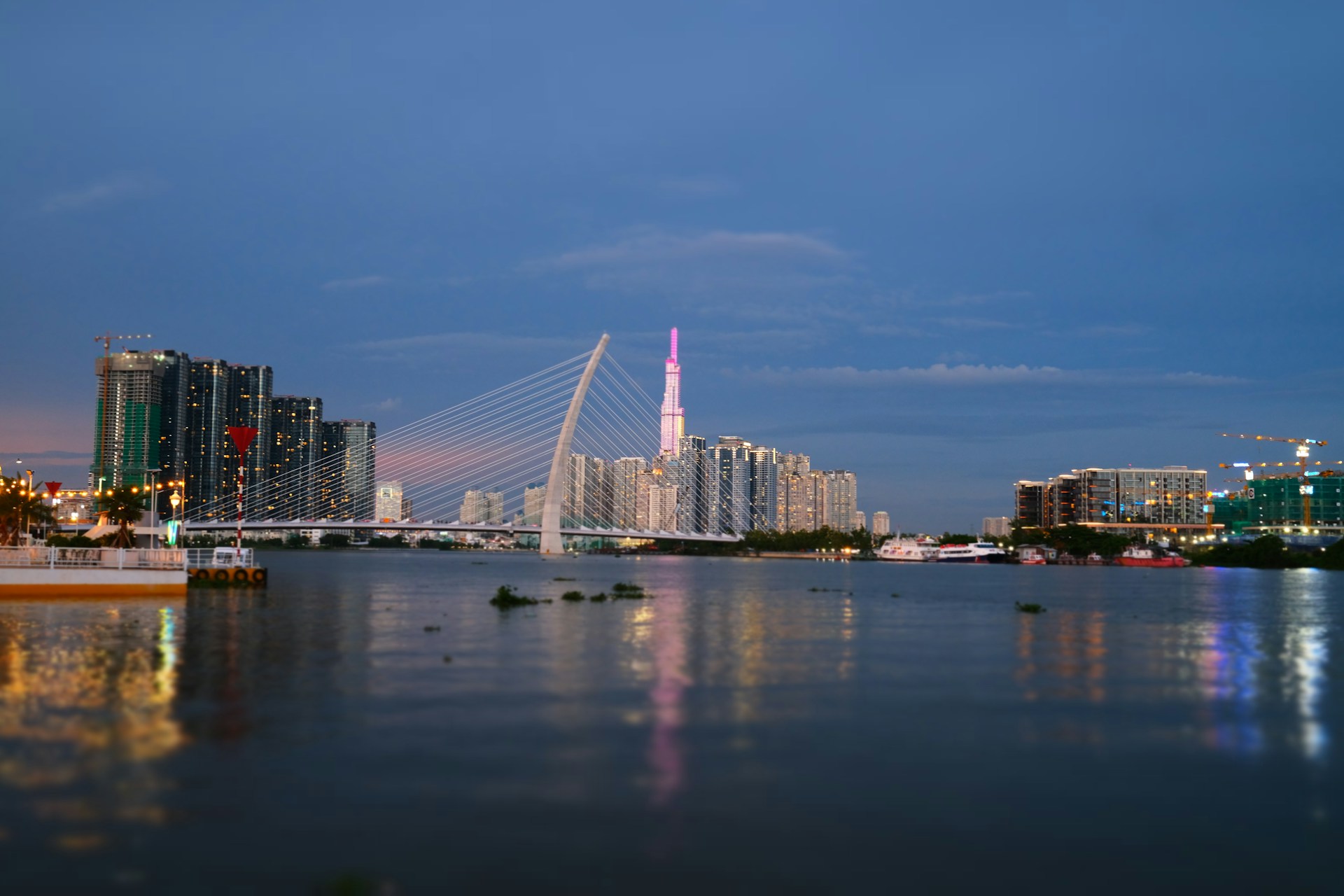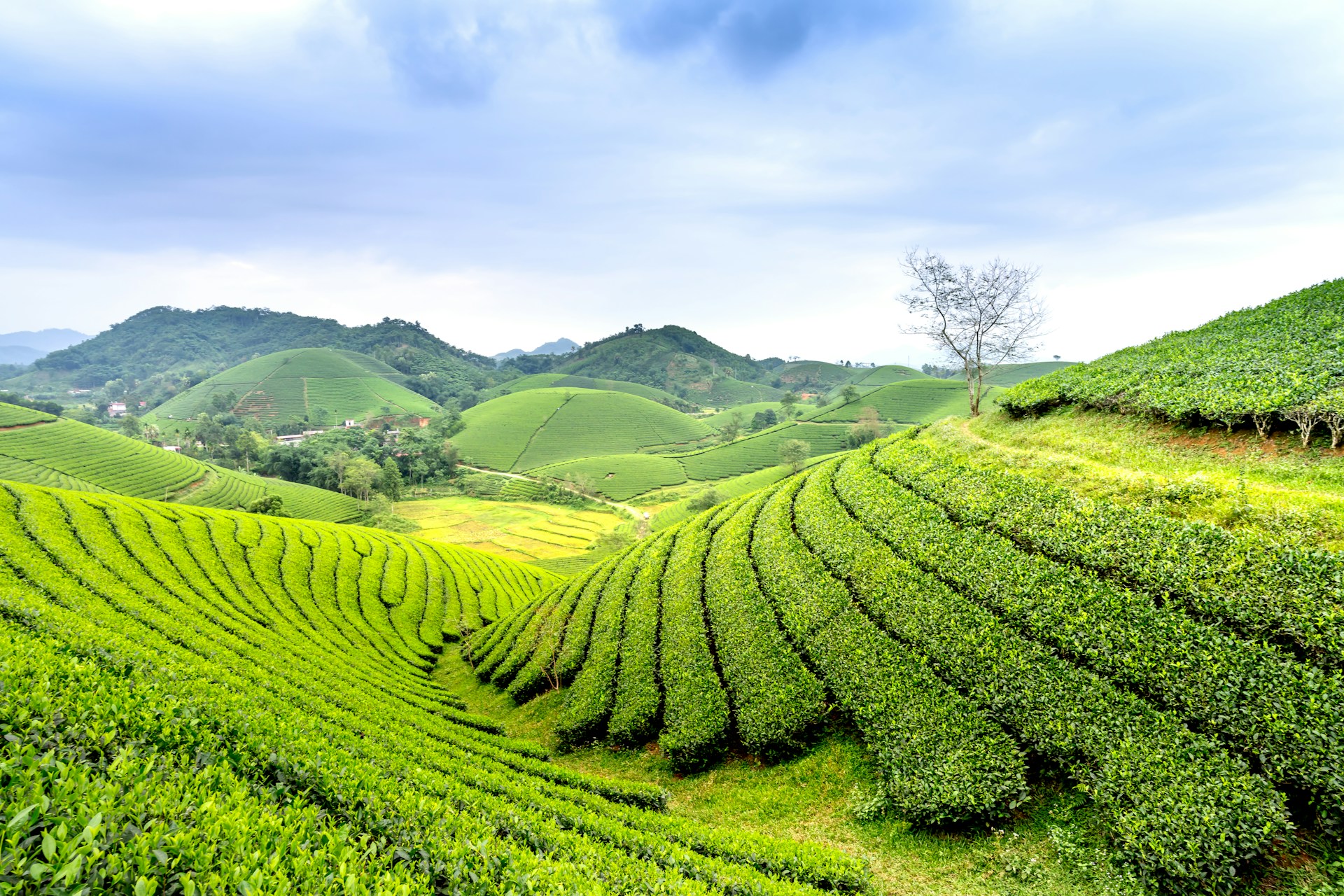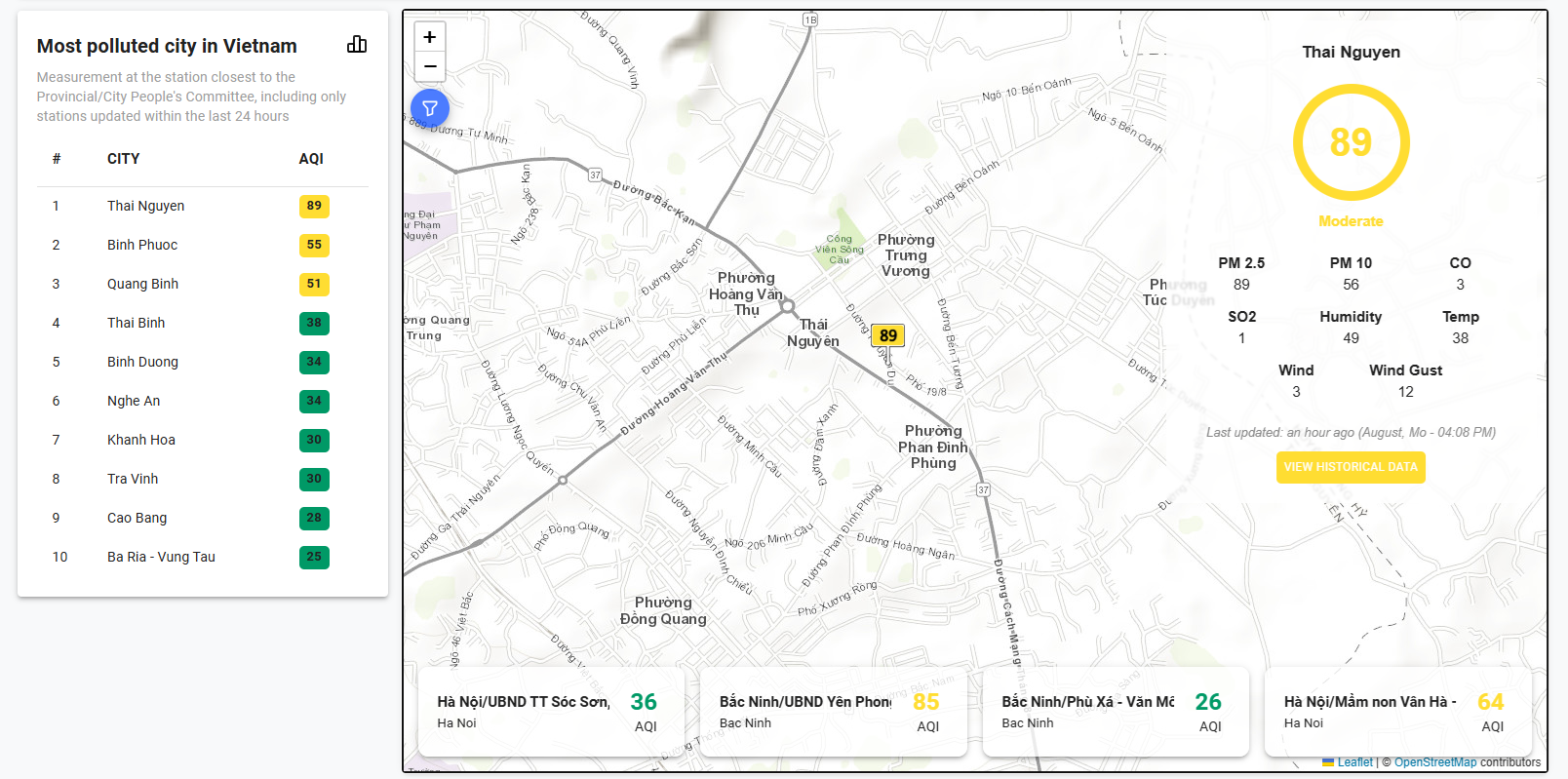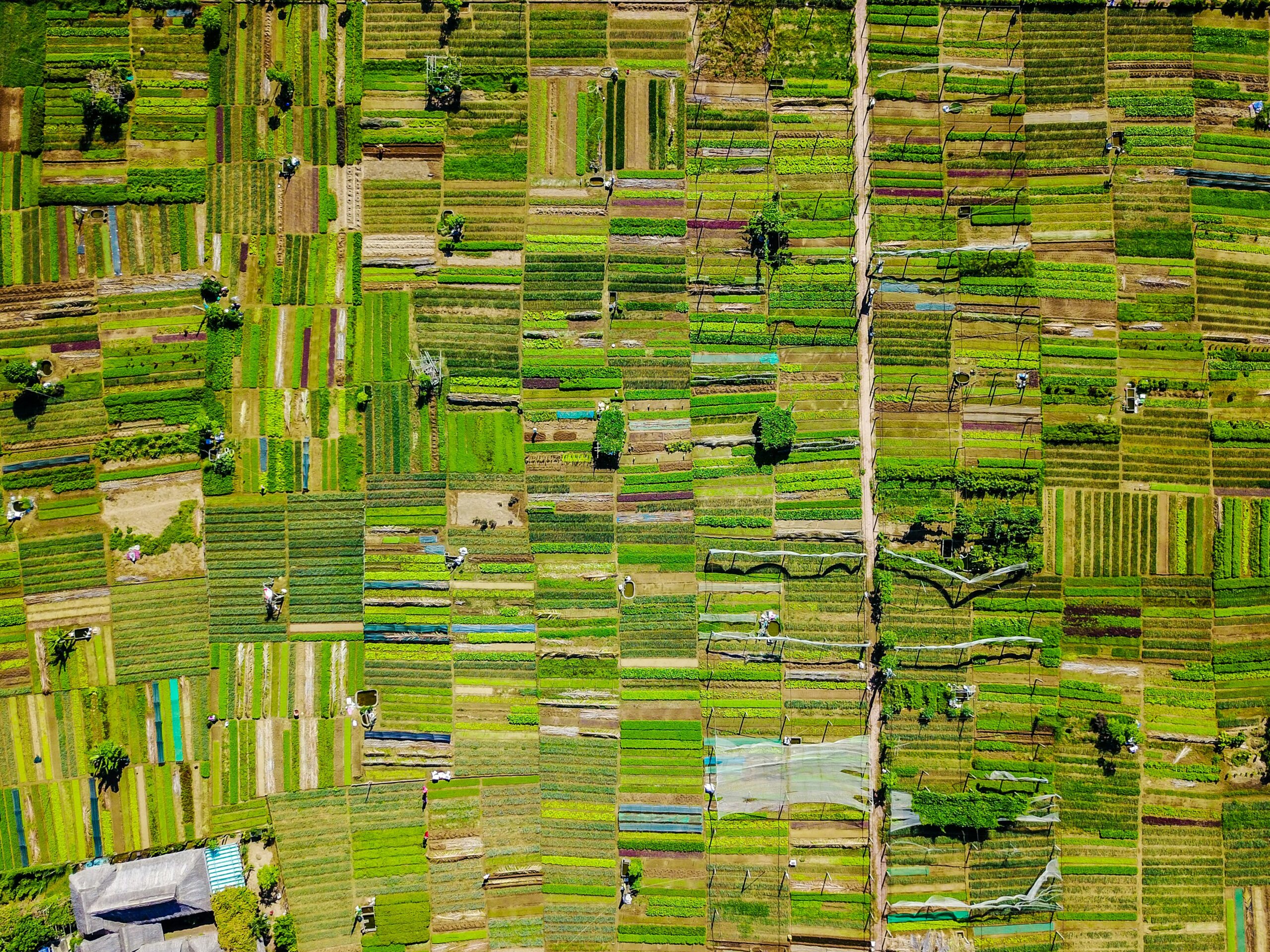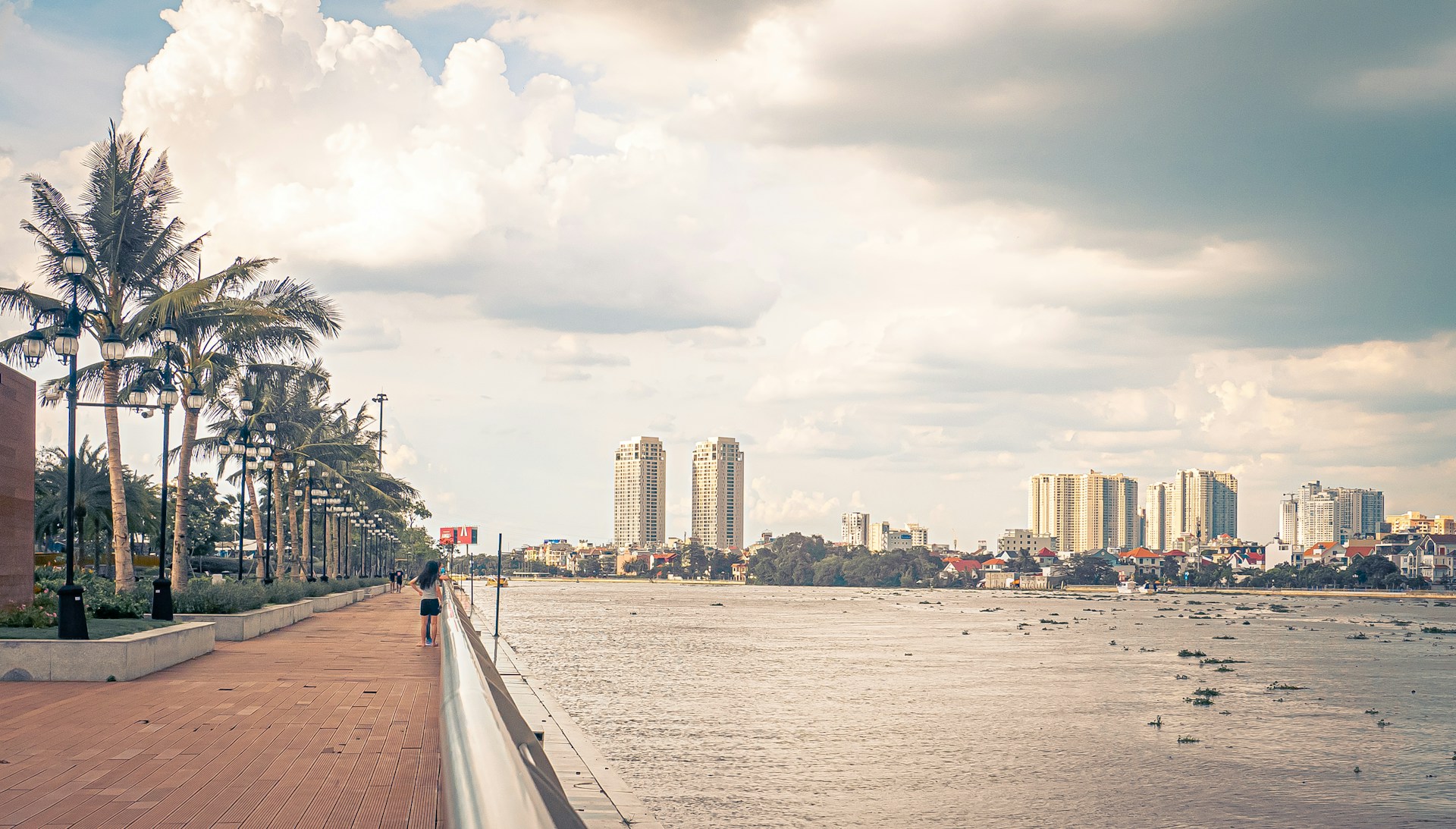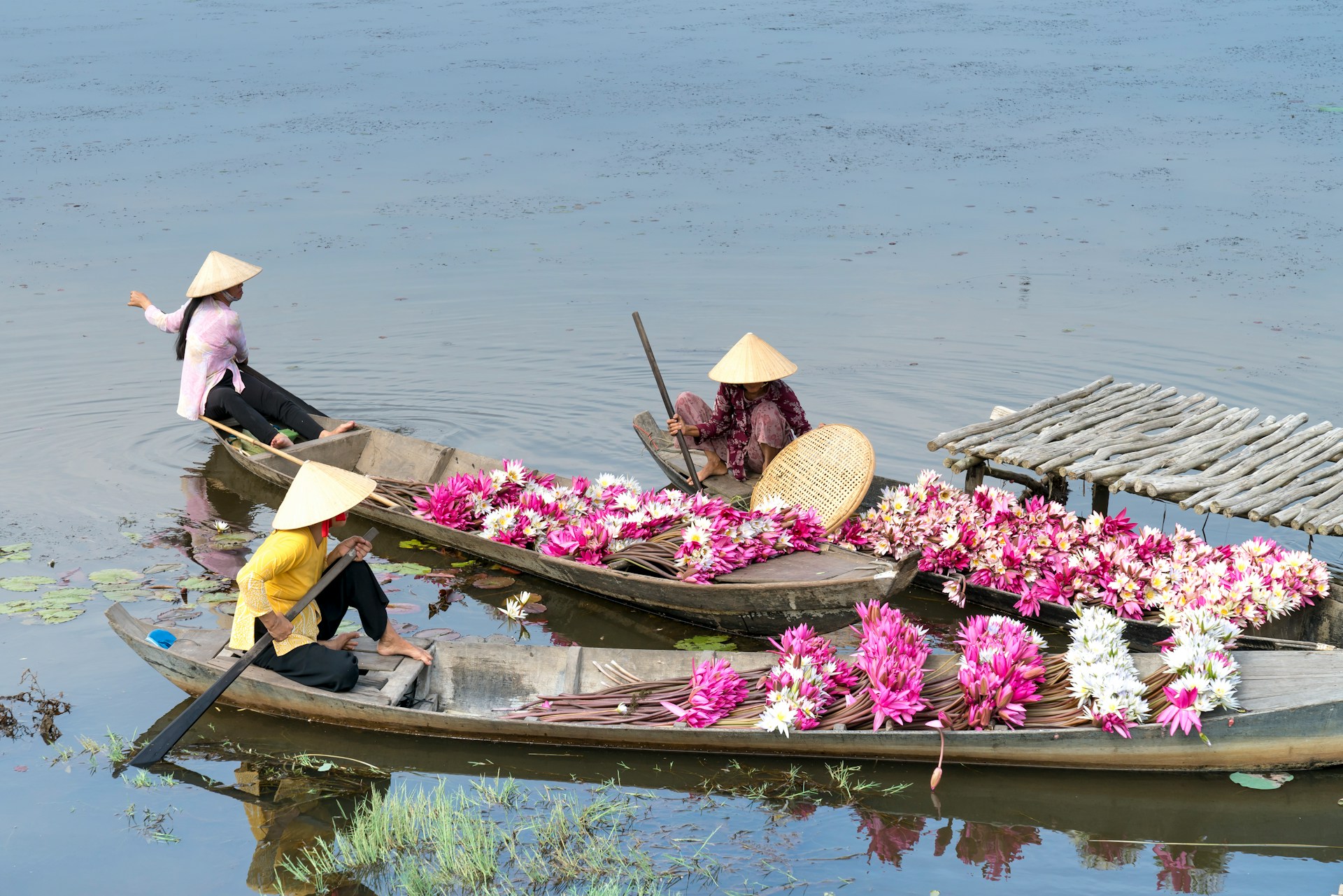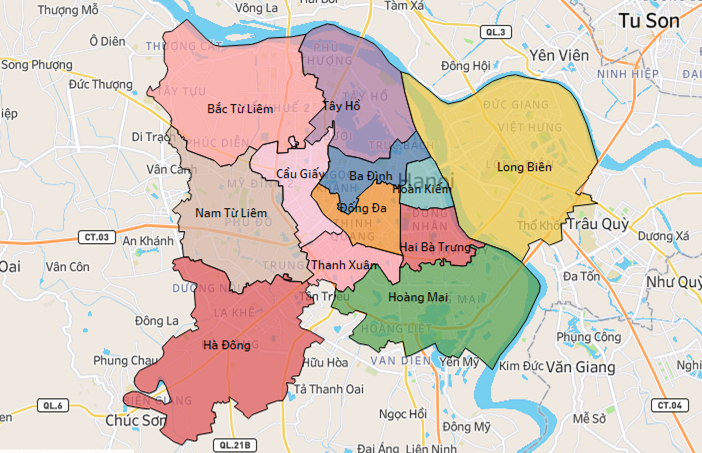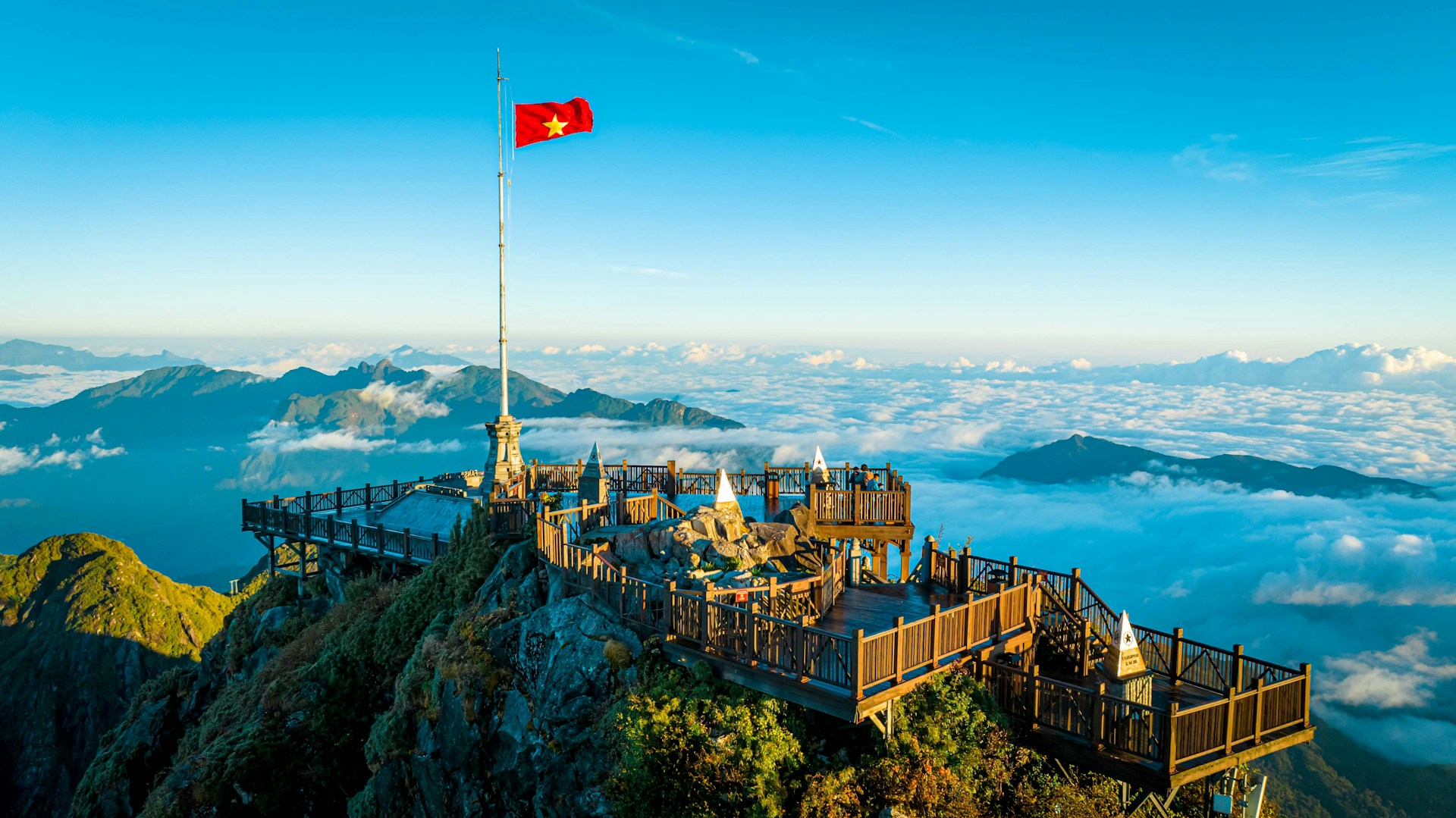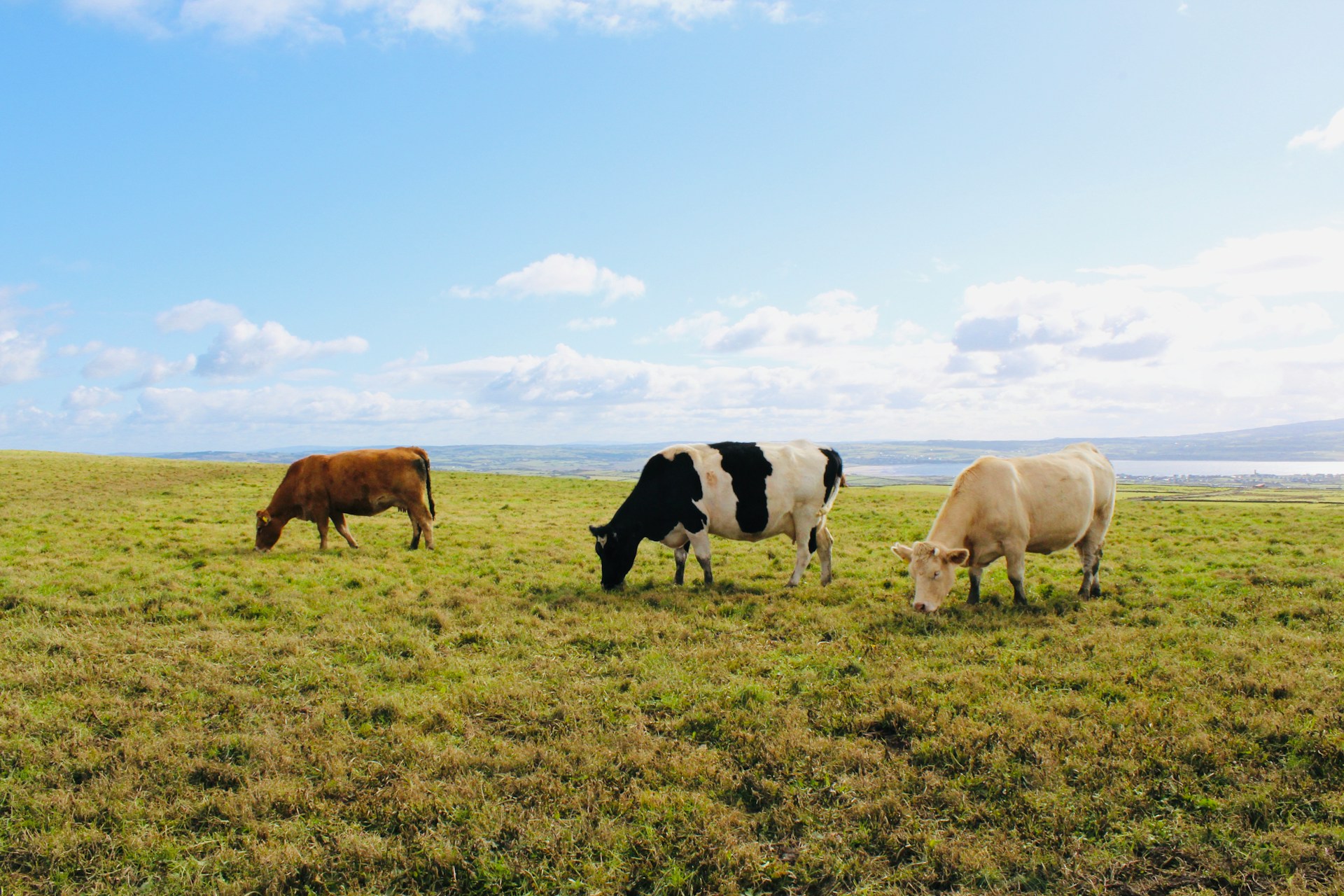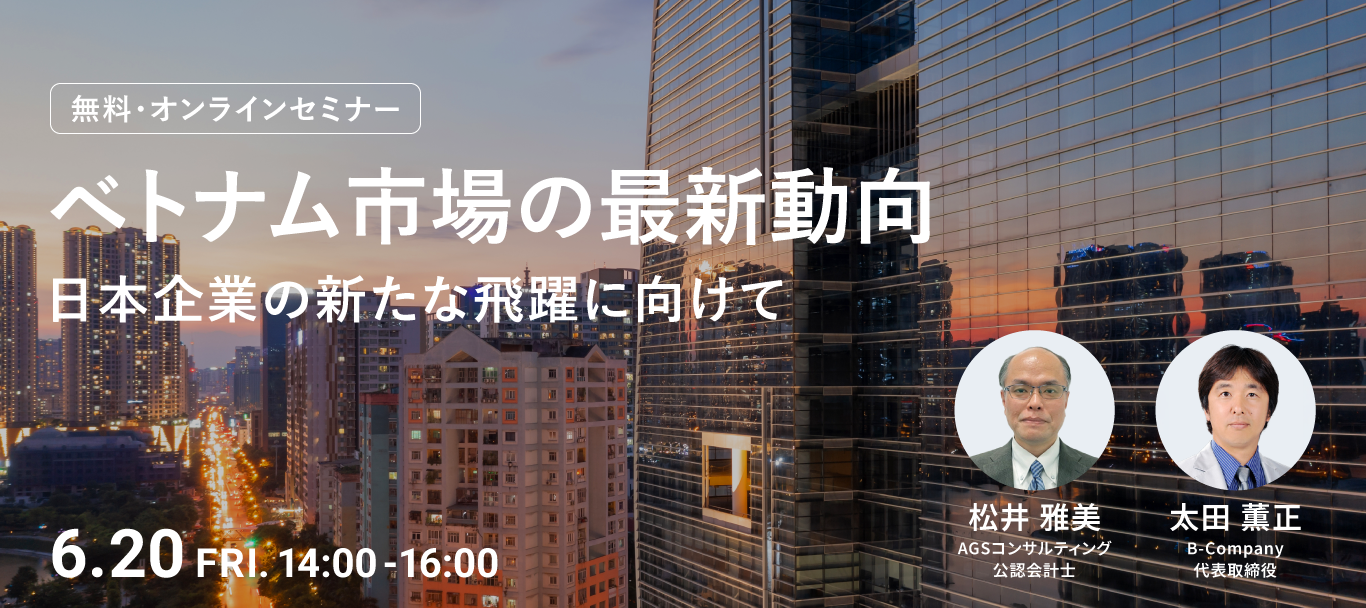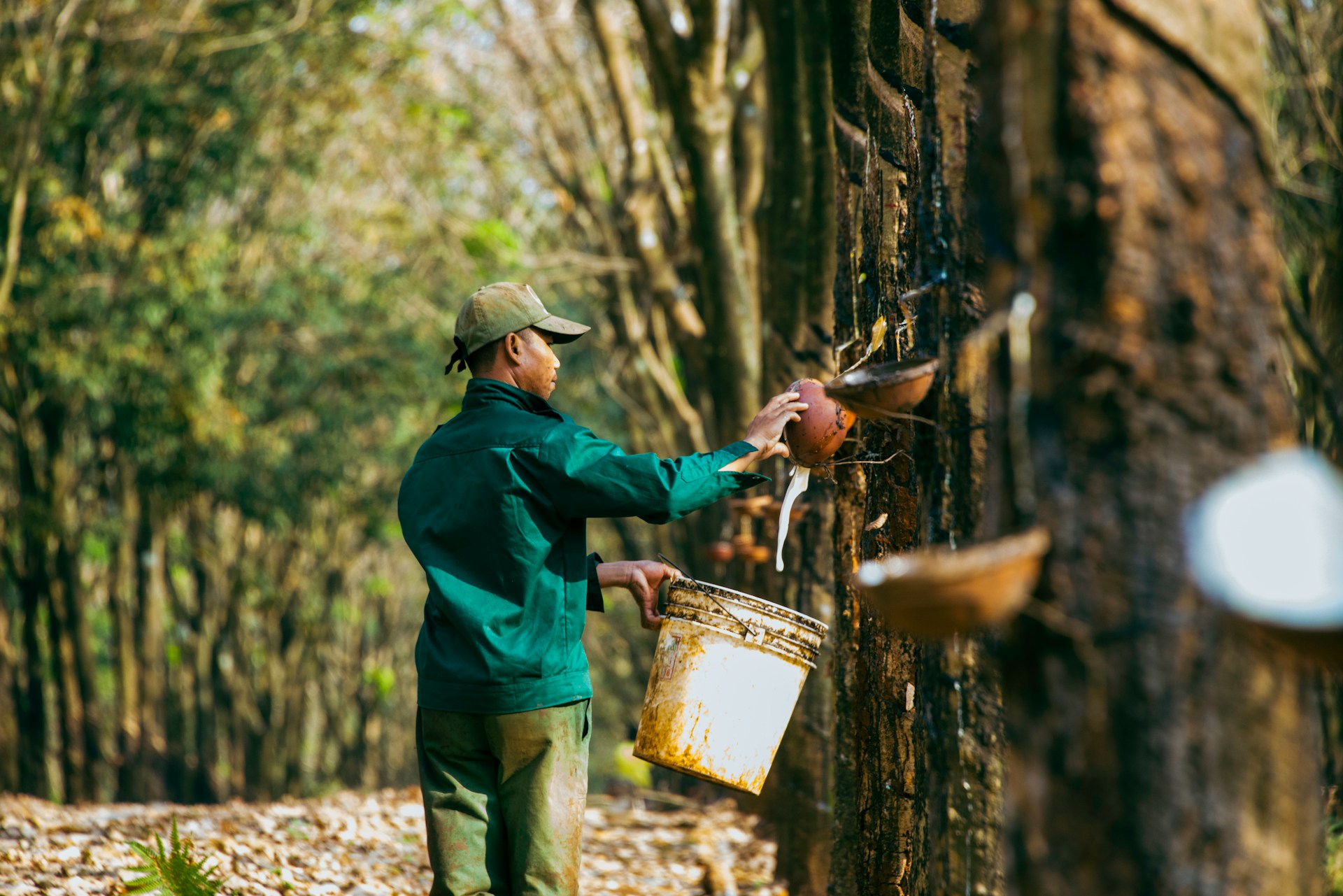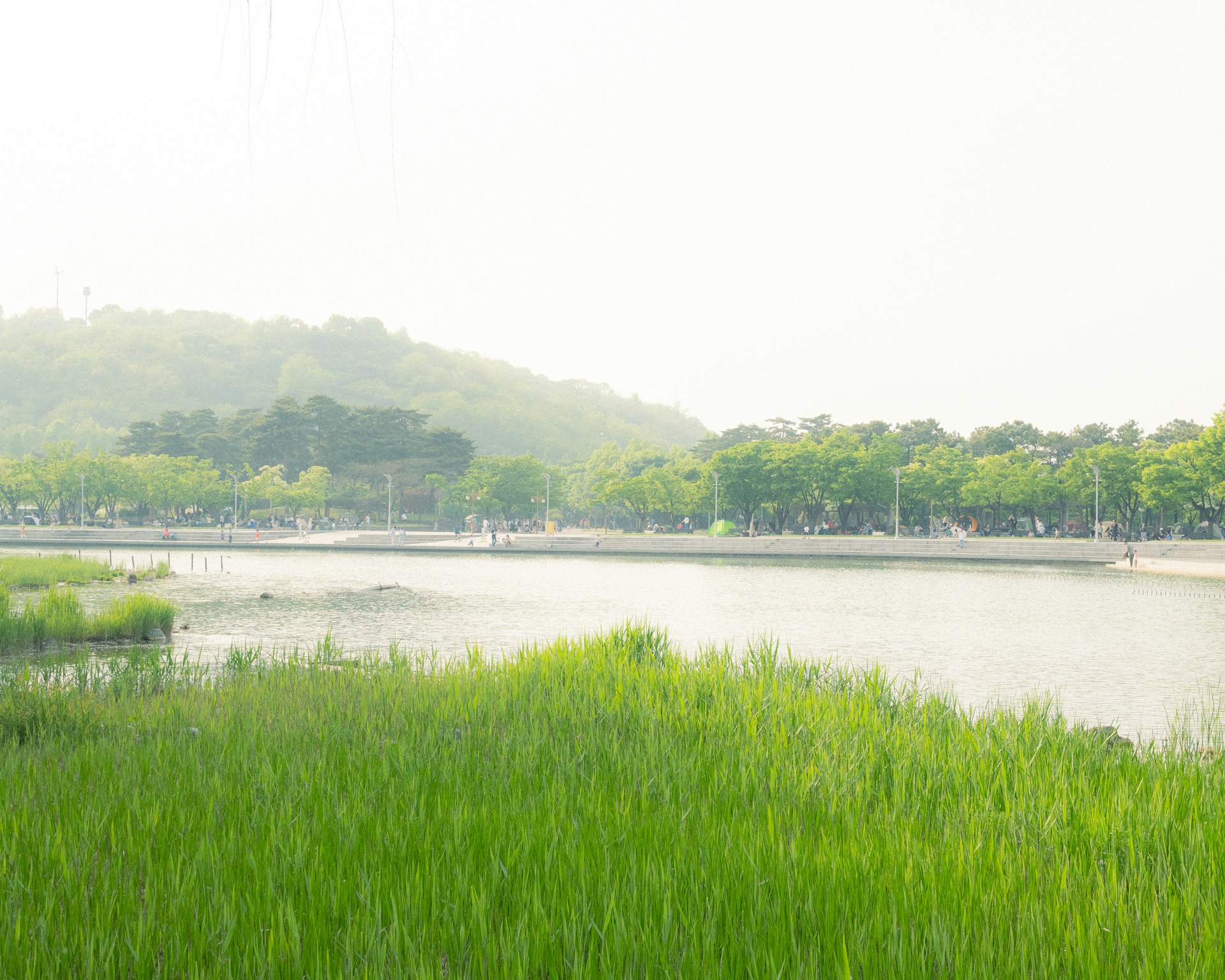
03Jun2025
Latest News & Report / Vietnam Briefing
Comments: No Comments.
The Mekong Delta, known as the “rice bowl” (vựa lúa) of Vietnam, is a vital region contributing 60% of the country’s agricultural land and nearly 16% of aquaculture land. However, the region is currently facing severe impacts from climate change, directly threatening the livelihoods of its residents. This article explores the significant effects of climate change in the Mekong Delta, potential solutions, and the implications for foreign investment in the region.
Climate change situation and its effects
The Mekong Delta plays a critical role in Vietnam’s agricultural economy, contributing 55% of its rice production, including 90% of its exports. Additionally, the region provides over 60% of the country’s aquatic products and more than 70% of its fruit production. However, climate change is becoming a challenging factor for these key industries. The region is experiencing extreme weather events, including droughts, saltwater intrusion, floods, and rising sea levels.
In the first five months of 2024, drought and saltwater intrusion caused over 50,000 households to face water shortages, and nearly 1,000 roads, homes, and bridges were damaged due to subsidence and erosion[1]. The region loses 300 to 500 hectares of land annually, with Ca Mau alone losing more than 5,300 hectares of land and mangrove forests since 2011[2]. Furthermore, drought has caused the canal and river system in hundreds of thousands of hectares of forest to dry up, leading to a significant risk of forest fires[3].
Number of landslides in Mekong Delta by province (at the end of 2024) (%)
100% = 743 landslides
Source: Southern Institute of Water Resources Research
Drought and saltwater intrusion are becoming severe in many areas of the Mekong Delta. The dry-season saltwater intrusion for 2023-2024 has arrived earlier and deeper than the average of previous years[4]. Experts suggest that the causes of drought and saltwater intrusion in the Mekong Delta are due to the influence of the El Niño phenomenon, with prolonged sunny days leading to a large amount of surface water in fields, canals, rivers, and lakes evaporating[5]. Besides natural factors, human activities also contribute significantly to saltwater intrusion. The situation is further exacerbated by excessive groundwater extraction and riverbed sand mining[6].
Erratic flooding is also causing major difficulties for the Mekong Delta. In the past 10 years, the trend of larger and average floods has gradually decreased, while smaller floods have increased[7]. This means that floods in the Mekong Delta are gradually decreasing over the years[8]. The reduction in floods leads to several negative environmental and ecological consequences, including fewer fish and increased erosion due to the lack of water and sediment[9].
Moreover, the rising sea levels increase the risk of flooding and have a significant impact on land resources and infrastructure. In the past 20 years, the average sea level has risen by 2-3 mm per year[10]. It is forecast that the sea level will rise by 0.5-1 meter by the end of the 21st century[11]. It is estimated that hundreds of thousands of hectares of land will be submerged, and millions of people may lose their homes[12]. The rising sea level also puts the sea dyke system at risk of overflowing and breaking, even without large storms[13].
Solutions to Address Climate Change Challenges
To address the climate change issues and their impacts in the Mekong Delta, comprehensive solutions are needed in both management, infrastructure, and technology[14].
Management solutions are related to raising public awareness, developing mechanisms, policies, and regional planning, managing and exploiting mangrove forests, and tightening controls on sand mining, etc[15]. Infrastructure solutions focus on building, reinforcing, and upgrading disaster prevention works (including connecting and transferring water between irrigation systems, freshwater storage systems, reinforcing the sea dike system, etc). In addition, the government is actively working on resettlement programs for people displaced from areas affected by riverbank/canal erosion.
Furthermore, the application of advanced technology in disaster prevention and adaptation is also an important direction. Currently, the Mekong Delta is in urgent need of high technologies for erosion control, disaster forecasting, and early warning[16]. Additionally, technical solutions to help people adapt to environmental changes are also being invested in. Notable fields include technology and technical solutions for water conservation and restoration, as well as technologies applied in agriculture and aquaculture.
Investment opportunities
The climate change challenges in the Mekong Delta can open up significant opportunities for foreign investment, especially in infrastructure development and high-tech solutions.
In particular, infrastructure development is presenting a promising avenue for investment. Projects focused on water resource management, controlling saltwater intrusion, and preventing land subsidence are critical to the region’s resilience. Foreign companies with expertise in water management, irrigation systems, and flood prevention construction can contribute to the long-term sustainability of the Mekong Delta, supporting both environmental and economic goals. These investments are essential for strengthening the region’s infrastructure and ensuring its future growth despite the challenges posed by climate change.
In addition to infrastructure solutions, advanced technology businesses are also playing a key role in helping Mekong Delta residents to prevent and adapt to the unpredictable climate change situation. Some potential sectors are high-tech in meteorology, water management, agriculture, and aquaculture (breeding techniques, seed selection, processing, preservation…)
Conclusion
The Mekong Delta faces urgent climate change challenges, and solutions must include management plans, infrastructure development, and technological innovations. These efforts aim not only to protect the environment but also to ensure sustainable economic growth. Foreign businesses can find opportunities to invest in such fields as construction, high-tech agriculture, aquaculture, or water management, helping safeguard Mekong’s future while contributing to its economic development.
[1] Economy&Environment. Impacts of climate change and response solutions for the Mekong Delta <Access>
[2] Economy&Environment. Impacts of climate change and response solutions for the Mekong Delta <Access>
[3] Economy&Environment. Impacts of climate change and response solutions for the Mekong Delta <Access>
[4] Economy and urban, Drought and salinity are directly threatening the Mekong Delta <Access>
[5] Economy and urban, Drought and salinity are directly threatening the Mekong Delta <Access>
[6] Economy and urban, Drought and salinity are directly threatening the Mekong Delta <Access>
[7] People’s Police University, Learn about the impact of rising sea levels on the Mekong Delta <Access>
[8] People’s Police University, Learn about the impact of rising sea levels on the Mekong Delta <Access>
[9] People’s Police University, Learn about the impact of rising sea levels on the Mekong Delta <Access>
[10] VietNamPlus, Finding the cause of landslides at Mekong Delta <Access>
[11] VnEconomy, Urban development in the Mekong Delta: Special construction needed to adapt to rising sea levels <Access>
[12] People’s Police University, Learn about the impact of rising sea levels on the Mekong Delta <Access>
[13] People’s Police University, Learn about the impact of rising sea levels on the Mekong Delta <Access>
[14] Government e-newspaper, New technological solutions needed to prevent landslides in the Mekong Delta <Access>
[15] Government e-newspaper, New technological solutions needed to prevent landslides in the Mekong Delta <Access>
[16] Government e-newspaper, New technological solutions needed to prevent landslides in the Mekong Delta <Access>
* If you wish to quote any information from this article, please kindly cite the source along with the link to the original article to respect copyright.
| B&Company
The first Japanese company specializing in market research in Vietnam since 2008. We provide a wide range of services including industry reports, industry interviews, consumer surveys, business matching. Additionally, we have recently developed a database of over 900,000 companies in Vietnam, which can be used to search for partners and analyze the market. Please do not hesitate to contact us if you have any queries. info@b-company.jp + (84) 28 3910 3913 |
